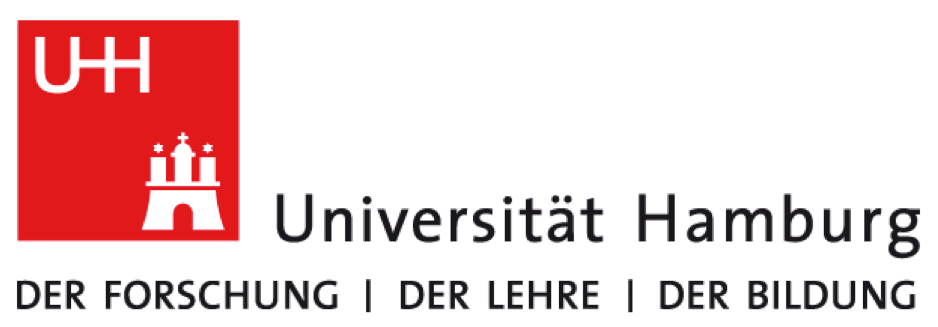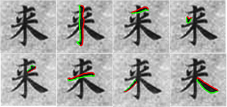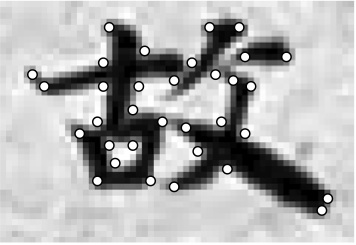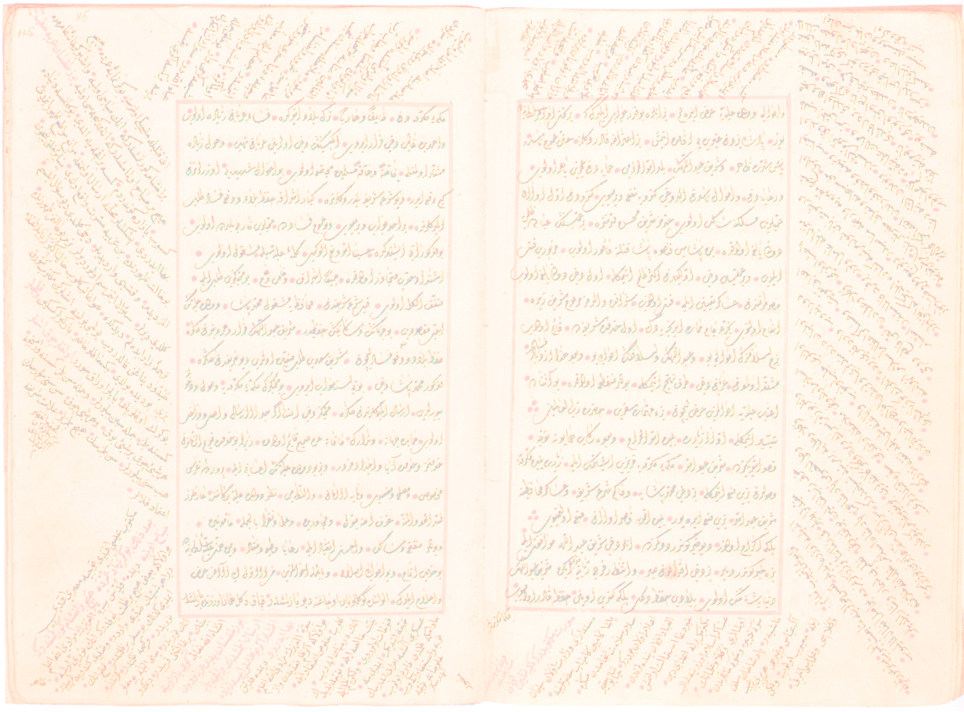 |
 |
| IMPACT IMAGE PROCESSING METHODS FOR DETERMINING MANUSCRIPT AND CHARACTER FEATURES Project WSP3 in the DFG Collaborative Research Center "Manuscript Cultures" |
|
Visual features
of manuscripts - layout, text and
image appearance, shapes of individual characters - may provide clues
about the origin of the manuscript and eventually about its historical
and cultural context. To date, methods for determining and analysing
such features were primarily based on manual selection and subjective
evaluation by human experts.
Goals of this project:
|
The IMPACT Team
| Bernd Neumann Rainer Herzog Arved Solth |
Project leader Researcher Researcher |
IMPACT Research
 |
Stroke
Analysis Recovering individual strokes in historical manuscripts can support various goals of manuscript analysis, e.g. retrieving similar allographs, comparing the handwriting of scribes, or recognising characters. We have developed a method for stroke analysis using the Constrained Delaunay Triangulation (CDT). Applied to handwritten graphemes, this method marks possible start points, end points and intersections of strokes based on local contour properties, thus providing stroke segments from which complete strokes can be formed by concatenation. |
 |
Character
Features A possible common origin of manuscripts may be determined by comparing character features such as angles between strokes. Using subpixel watershed segmentation, the contour of a character can be determined even in degraded low-resolution images. Stroke directions are determined by fitting straight lines to individual strokes. |
 |
Analyzing Medieval Music Notation The goal is to detect and count certain ligature classes in large corpora. We use an approach based on hierarchical relational models. The simplest elements in the hierarchy are note heads and stems, which together constitute complete notes at the next higher level of the hierarchy. Aggregates of notes may form ligatures, which in turn may be used as constituents of complete bars. |
 |
Retrieving Writing Patterns with Harris Corners The spatial orientation of interest points computed by the Harris Corner detector can be used to retrieve writing patterns similar to a given model. In a first step, candidate targets are determined by using local descriptors at Harris Corners as indices. In a second step, the spatial configurations of corresponding Harris Corners are compared, and a final check is performed after warping the target. |
Publications
| Herzog, R.; Solth, A.; Neumann, B.: Using Harris Corners for the Retrieval of Graphs in Historical Manuscripts. 12th International Conference on Document Analysis and Recognition (ICDAR), doi: 10.1109/ICDAR, 2013, 1295-1299 PDF |
| Herzog, R.; Neumann, B.;
Solth, A.: Computer-based Stroke Extraction in Historical Manuscripts.
Manuscript Cultures, Newsletter No. 3, 2011, 14-24 PDF |
| Solth, A., Neumann, B.,
Stelldinger, P.: Strichextraktion und -analyse handschriftlicher
chinesischer Zeichen. Report FBI-HH-B-291/09, Department
of Informatics, University of Hamburg,
2009 PDF |
